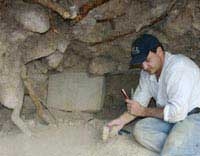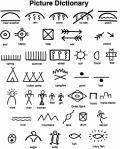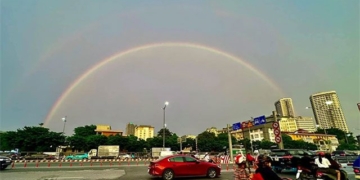This building unveils a series of secrets beneath.
In the vast grasslands of Zhangjiakou, Hebei Province, China, there stands a solitary building that has been the subject of lively discussions among townsfolk year after year.

The existence of this building is always shrouded in mystery and is associated with various legends.
First of all, the location of this building is quite peculiar. It stands tall alone in a vast space, but there is nothing surrounding it for protection. This has sparked intense curiosity among many.
Secondly, the characteristics of the building are also rather unusual, facing south, topped with a dome, and boasting a unique classical European architectural style.
Finally, the legends surrounding the building are even more mysterious.
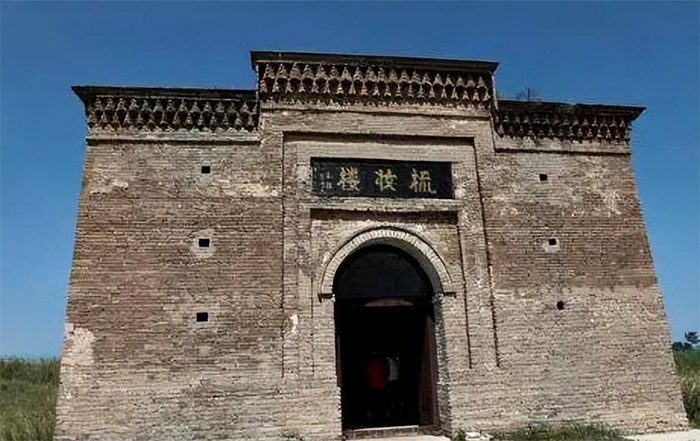
One theory suggests that this building was actually left by Kublai Khan, concealing a secret passage leading to his palace, and it is believed that a large amount of treasure is buried there.
However, there is another theory that it is a dressing room because it is believed to have been built for Empress Xiao, a consort of Emperor Muzong of the Tang Dynasty, to change her attire.
Archaeologists Get Involved
In 1999, the Hebei Provincial Cultural Heritage Bureau organized a team of archaeologists to conduct excavations at the building in Zhangjiakou to unravel the mystery of this strange site.
The archaeological team discovered a niche beneath the room believed to be the dressing area of Empress Xiao. They began deeper excavations.
As the excavation progressed in a wider area, they uncovered the remains of three similar buildings surrounding the “dressing room.” However, the excavation progress stalled, and the team found themselves puzzled about how to excavate this mysterious complex.
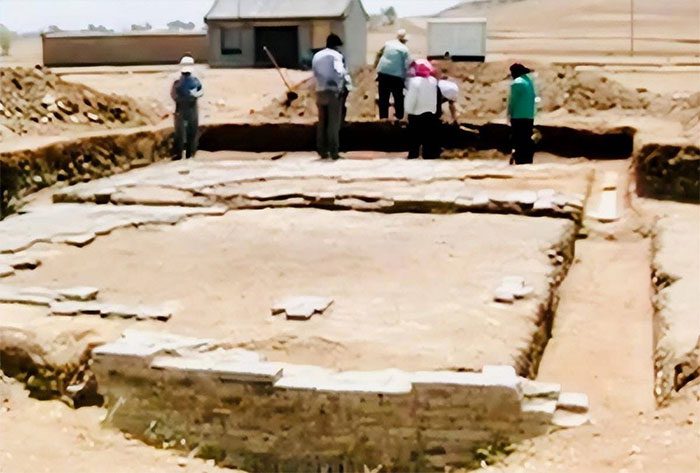
Following clues from nearby villagers, the archaeological team discovered tombs in the area not far from the “dressing room.” This finding led them to speculate whether the “dressing room” could also be a tomb.
Therefore, they returned inside the “dressing room” for further study.
While examining the green bricks on the floor, they unexpectedly found signs indicating that there might be a tomb here. After a thorough study of the foundations of the “dressing room,” they believed that the building might have been constructed after the tomb was completed.
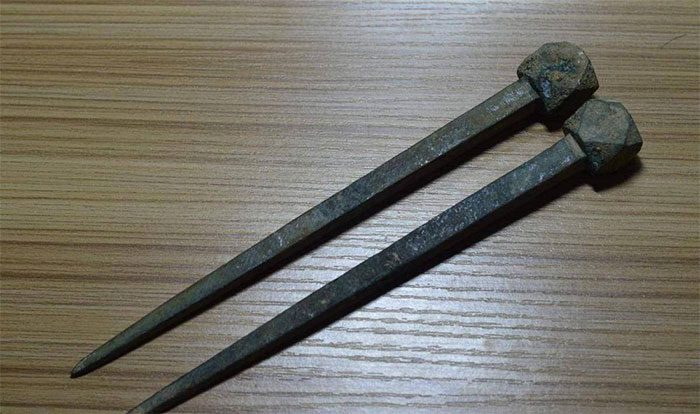
During the excavation, tomb nails, silk, and other artifacts were discovered in the tomb, confirming that this is indeed the ground floor of a tomb.
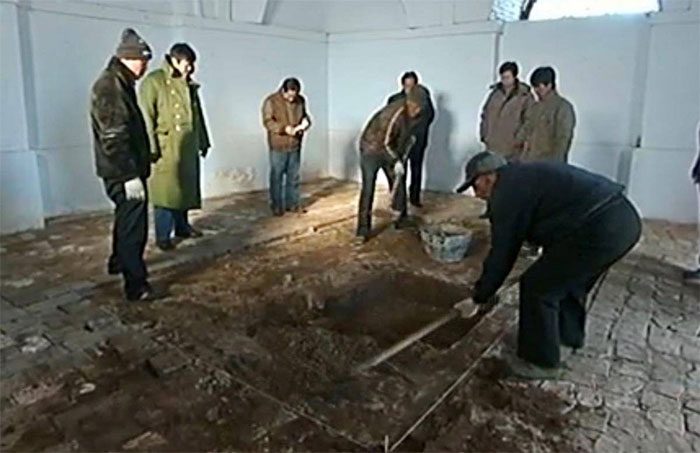
To reveal the true identity of the tomb’s owner, archaeologists conducted in-depth research.
Through discoveries from inscriptions, they unlocked the secrets about the tomb’s owner. They were astonished to find that this is the family tomb of a Yuan Dynasty clan, the heir of the Mongol Empire, and the true owner of the tomb was actually an important official of the Yuan Dynasty.
This individual was the grandson of Kublai Khan, renowned for his talents in both civil and military affairs and for achieving many remarkable military feats for the Yuan Dynasty.
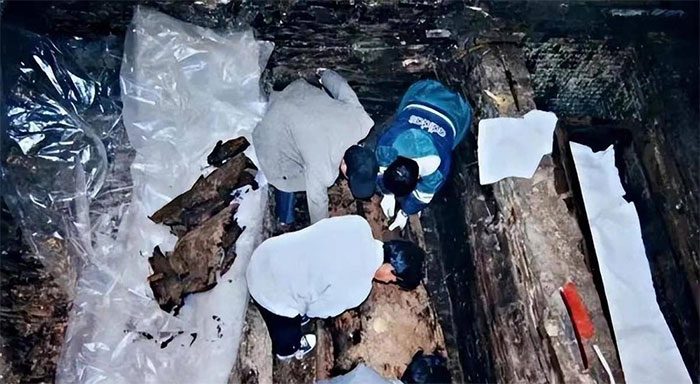
However, archaeologists still face an unresolved mystery: Why was an ancient building constructed atop a tomb?
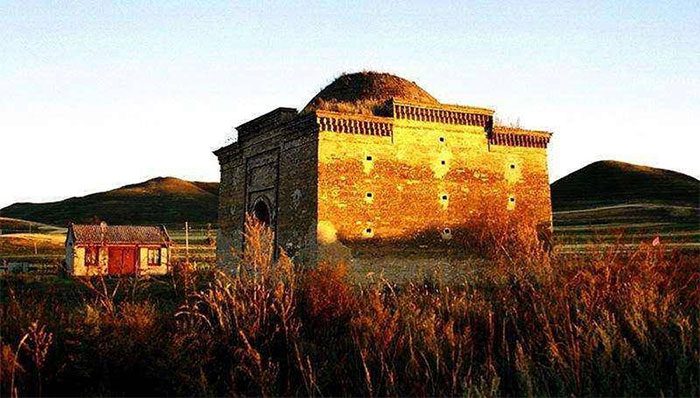
Experts referencing historical documents recently realized that the Mongolian aristocracy often used “secret tombs” to hide the locations of their tombs. However, the owner of the tomb, before passing away, still chose to construct this structure to showcase the power of his clan.
This ancient structure has witnessed changes over the years and carries the memories of history. It is not only the ground floor of a tomb but also a symbol of the Yuan clan, reflecting the architectural level and the power of the Mongolian aristocracy of that time.
This discovery provides valuable information about the history of the Yuan Dynasty and Mongolian culture.









































